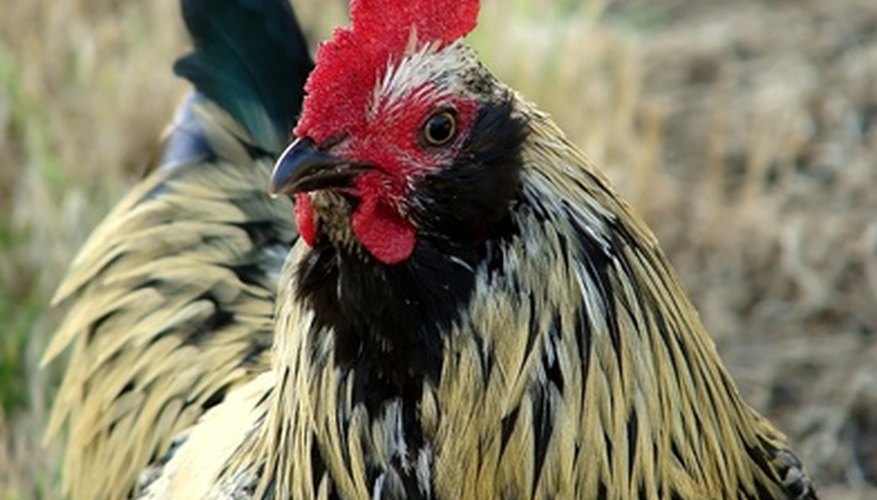We would probably all be much happier if we were not quite such slaves to time, but in our busy world, an accurate clock is an unfortunate necessity. However, we need not listen to clanging gongs and shrill whistles. Bird clocks are gentle reminders of the time. Listening to the hourly song may not be quite like a walk in the woods, but it may be the next best thing. The key to using them is to get the correct song for the time it represents.
- We would probably all be much happier if we were not quite such slaves to time, but in our busy world, an accurate clock is an unfortunate necessity.
- Listening to the hourly song may not be quite like a walk in the woods, but it may be the next best thing.
Turn the clock over so that you can see the buttons or mechanism.
Find the dial that adjusts the hands of the clock and set the hands of the clock to the next hour nearest the actual time by your watch or other clock. (On most bird clocks this will be a wheel in the lower left corner of the small box inset into the centre of the clock above the battery compartment.)
Locate the (usually red) test button at the top of the clock just under the hanger. (That is the button that, when depressed, makes bird calls.)
Press the button and listen to the sound of the bird. Identify which bird is making that song to determine the hour the clock is currently set to. For example, if you hear a blue jay, the clock mechanism is set at 3 o'clock.
Continue pressing the button until you hear the bird sound for the hour you have set your clock. For example, if you wish to set the clock for 9:45 and it is currently set at 3 o'clock (blue jay), press the button six times to get through the intervening bird songs and stop at 9 o'clock (cardinal).
Set your clock to the correct time, 9:45 in this example. The next time the clock makes a bird sound will be at 10 o'clock, when you should hear the call of the white-throated sparrow.
TIP
If you are not familiar with bird calls, you will have a hard time setting this clock. Check out online sources such as Nature's Songs or eNature for recordings of various birds to learn the calls they make. (See References 1 and 2)
